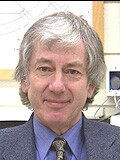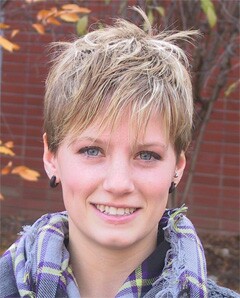The talk will review the objectives of the Mars Science Laboratory and how these follow on from previous Mars missions. The reasons for landing in Gale Crater will be discussed. The instruments that are being used to achieve these objectives, including the University of Guelph's alpha-particle x-ray spectrometer, will be described and some results reported.
|
J. L. (Iain) Campbell
Present Position: University Professor Emeritus (Physics), University of Guelph
Degrees: BSc, PhD, DSc (Glasgow), DTech (Lund, honoris causa)
Academic career at Guelph: Hired in 1968; Professor (1977); Dean of Physical and Engineering Science (1987-1995); Provost and VP Academic (1995-2000); retired 2006.
Main research topics during career: Physics of atomic inner-shell processes, development of proton-induced X-ray emission (PIXE) as an analytical technique; collaborative inter-disciplinary applications of PIXE; in situ analysis for elements and water on the surface of Mars.
Present research
Currently a co-investigator on NASA's Mars Science Laboratory mission, with responsibilities for spectrum analysis from the alpha-particle x-ray spectrometer (APXS). GUPIX was the starting point for our development of the necessary software GUAPX. In ancillary work have developed a new method for determining mineral-bound water in situ on Mars, and have applied this to the Paso Robles highly sulfated soils discovered by the Spirit rover.
Glynis Perrett is a PhD candidate studying geochemistry at the University of Guelph. Her research is centered on calibrating and characterizing the alpha particle X-ray spectrometer (APXS) that is on board the Mars Science Laboratory (MSL) rover, which recently landed on Mars. She is also an active APXS operations and MSL science team member. Before her graduate work, Glynis obtained a BSc at the University of Guelph in physics with a minor in geology.
|



